For successful integration a systematic approach is essential using three steps:
1 – Gather requirements and assess gaps, which will include a complete survey and itinerary of:
- Hardware, software and systems
- Enterprise applications and data
- Corporate business programs
All this information should be readily available from existing due diligence work and marks the starting point.
2 – Prioritize initiatives, which can be considered across three dimensions:
- Business impact
- Ease of integration
- Business benefit
Score each of the apps and systems in step 1 according to the three criteria. This should give you an initial hit-list and sequence which will help inform the next step.
3 – Integrated roadmap
Build out your scorecard into sub-projects, timelines, and contingency plans as part of an overall plan. Overlaps and gaps will emerge, but your systematic roadmap should now develop into a coherent plan that can be readily followed up and disseminated.
Importantly, look at possible sequencing issues where specific initiatives may overlap. This will give you the opportunity to refine the sequence of integration.
Finally, look at business objectives, which will add priorities and boost some essential work over others to give a final sequence.
What stays?
Not all systems should stay. Looking through the prism of an ideal future-state will help you decide whether to keep legacy systems, remove them altogether, or look at alternatives that could help you achieve strategic goals more effectively.
By taking this forensic approach to each system, from the most basic like payroll, to those which help manage regulatory compliance, you should be able to make informed decisions about each and their value to the business.
Is there a ‘perfect fit’? Consider for example, two separate enterprise systems, such as CMS and ERP. It is very unlikely that both are necessary. Which should be kept? Should both be removed in favor of a third option?
Integration planning
Integration must focus on what the best outcomes look like, and what process and services must avoid disruption.
Cost savings will reflect planning from the bottom up, not estimates made from the top down, so realistic information gathered on site and on the ground will be essential to plan effectively.
If integration progresses slowly, then costs will begin to spiral which could in turn affect shareholder value and signal trouble. Effective integration comes from plans that take consolidation seriously as a goal while embracing the existing cultures on the ground, and using those cultures to work for you, not against you.
Once your roadmap is in place, check it against the following:
- Future state: Describe how integration creates benefits and value, and how to get there, and how in turn the combined business can better serve customers and offer new products and services.
- Financial plan: Show how allocation of resources will drive revenue.
- Project Management: Develop a change management plan against key metrics and take risks like governance and regulation into account.
- Communications: Use the desired outcome as the target, and develop a communications plan to navigate this journey for internal and external audiences.
- Alignment plan: Again, look at the desired outcome and how the company leadership will look, using key talent from the target firm, and how they can be incentivized to achieve this.
Managing the integration
It may be prudent to keep legacy systems in place for a period of time to minimize disruption and bring this into the roadmap. Integrations can be automated and there are three main ways to achieve this:
- Robotic Process Automation (RPA): Using artificial intelligence to help with data entry, mapping, extraction, and relocation. This is critical for system consolidation after a merger or acquisition. The use of artificial intelligence reduces human error.
- Systems Integration: Integrating multiple subsystems into a single system. The ease of this will depend on how much work has gone into preparing existing systems for integration.
- Business Process Automation: Similar to RPA, but while RPA automates tasks, BPA automates the underlying process those tasks are part of.
Conclusion
Consolidating network systems to common data centers is a task that shouldn’t be taken lightly. Reducing colocation partners or eliminating stand-alone data centers are worthy endeavors but making those moves without a long-term plan can cause unintended consequences and problems. System downtime is a critical risk and ensuring uptime may mean duplicate systems will need to work together for a time. With the experience to develop tailored systems using the right mix of Hybrid IT, Edge and Colocation, Panduit is the partner financial services companies need for successful M&A.
To learn more, read the ebook here.


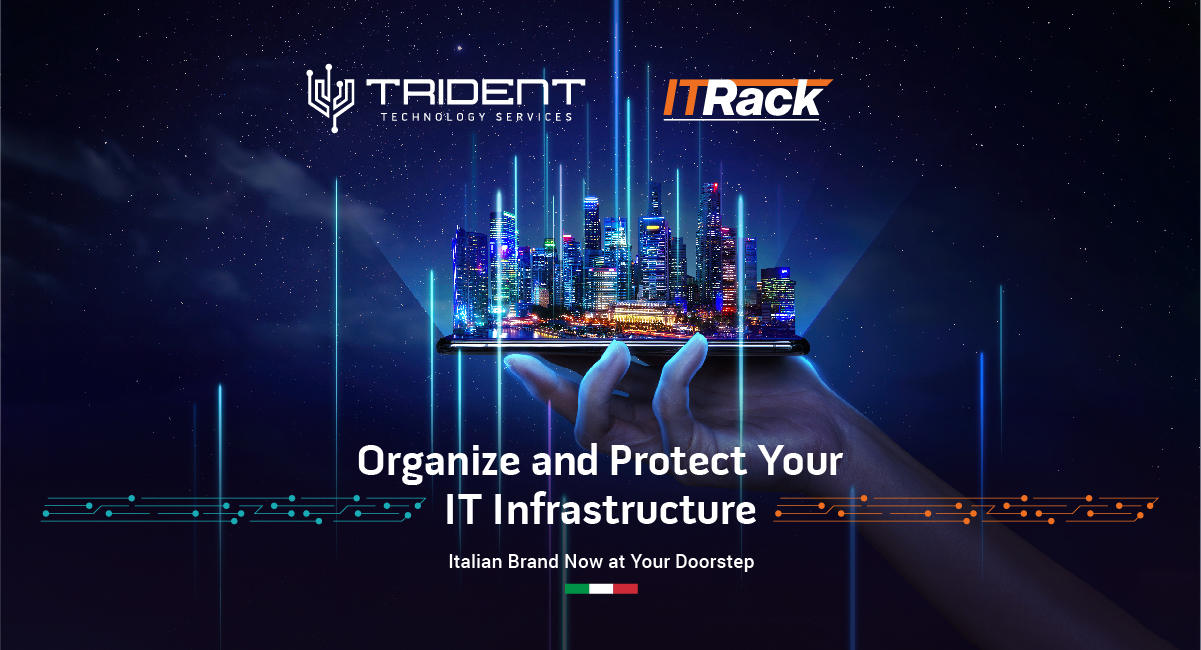










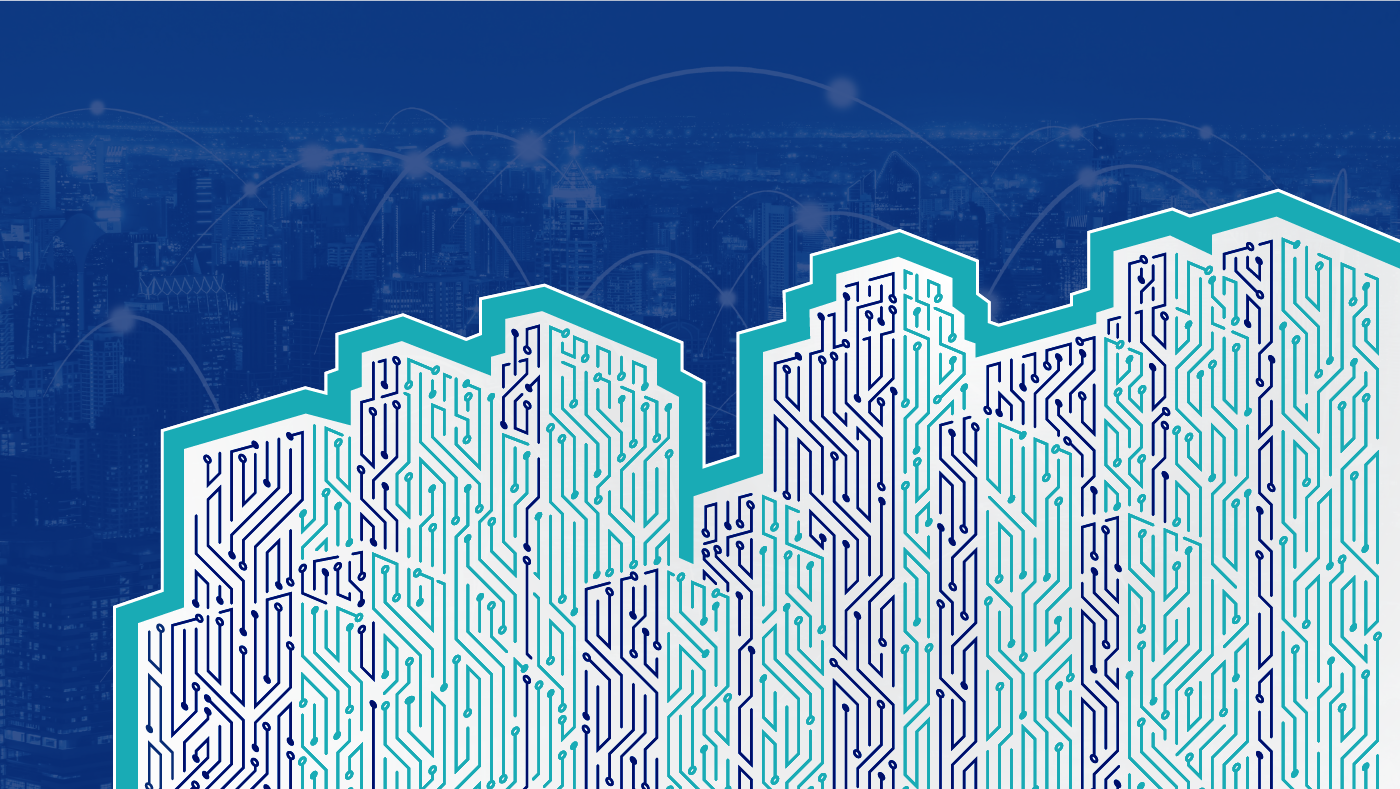
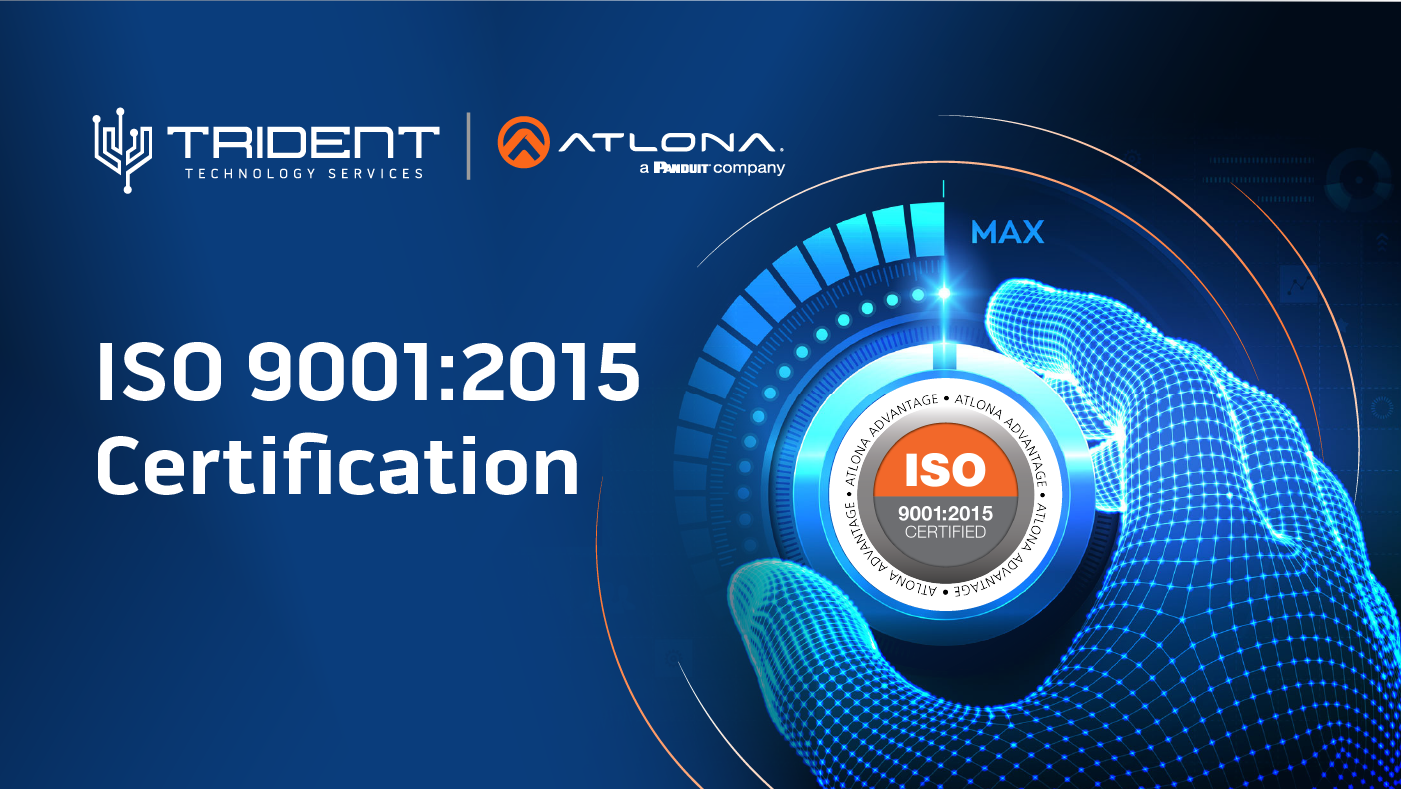

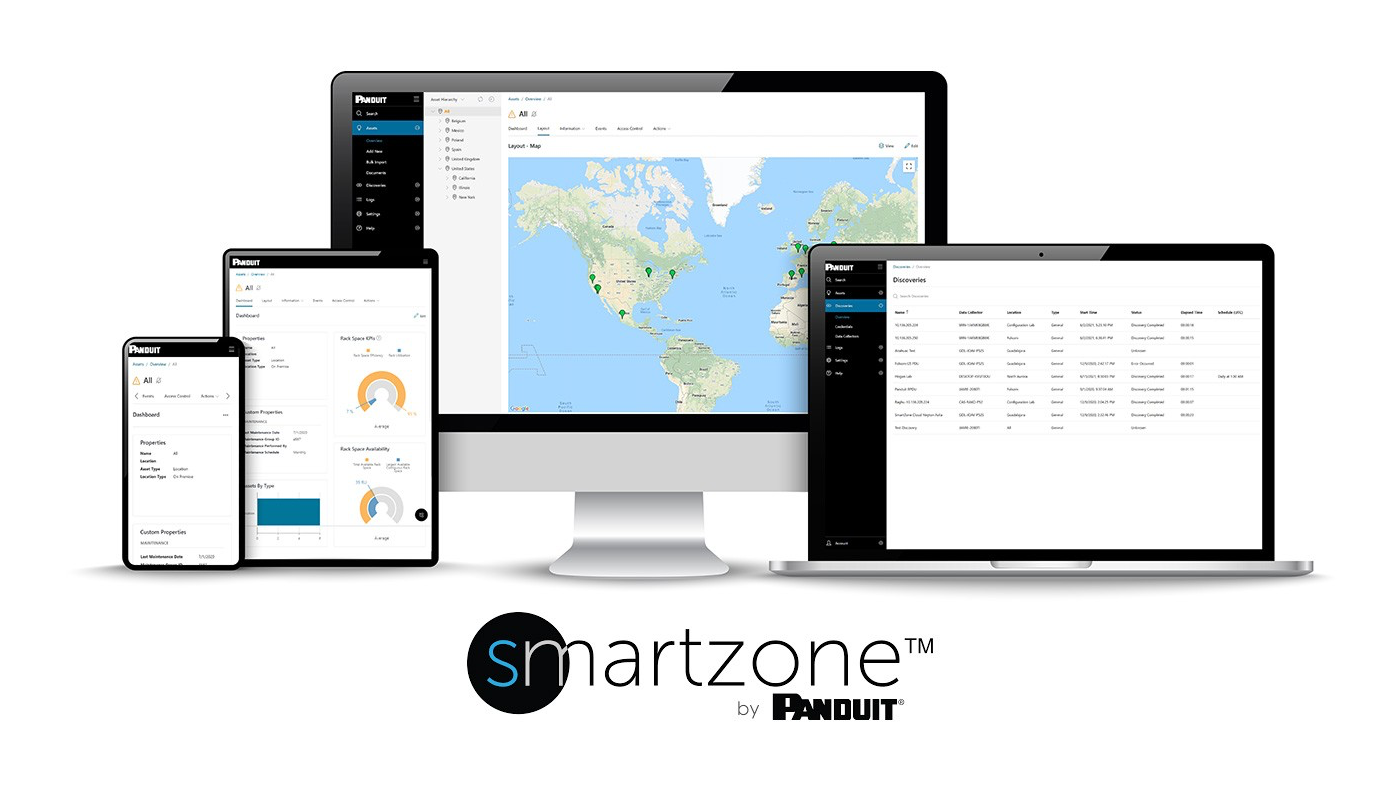


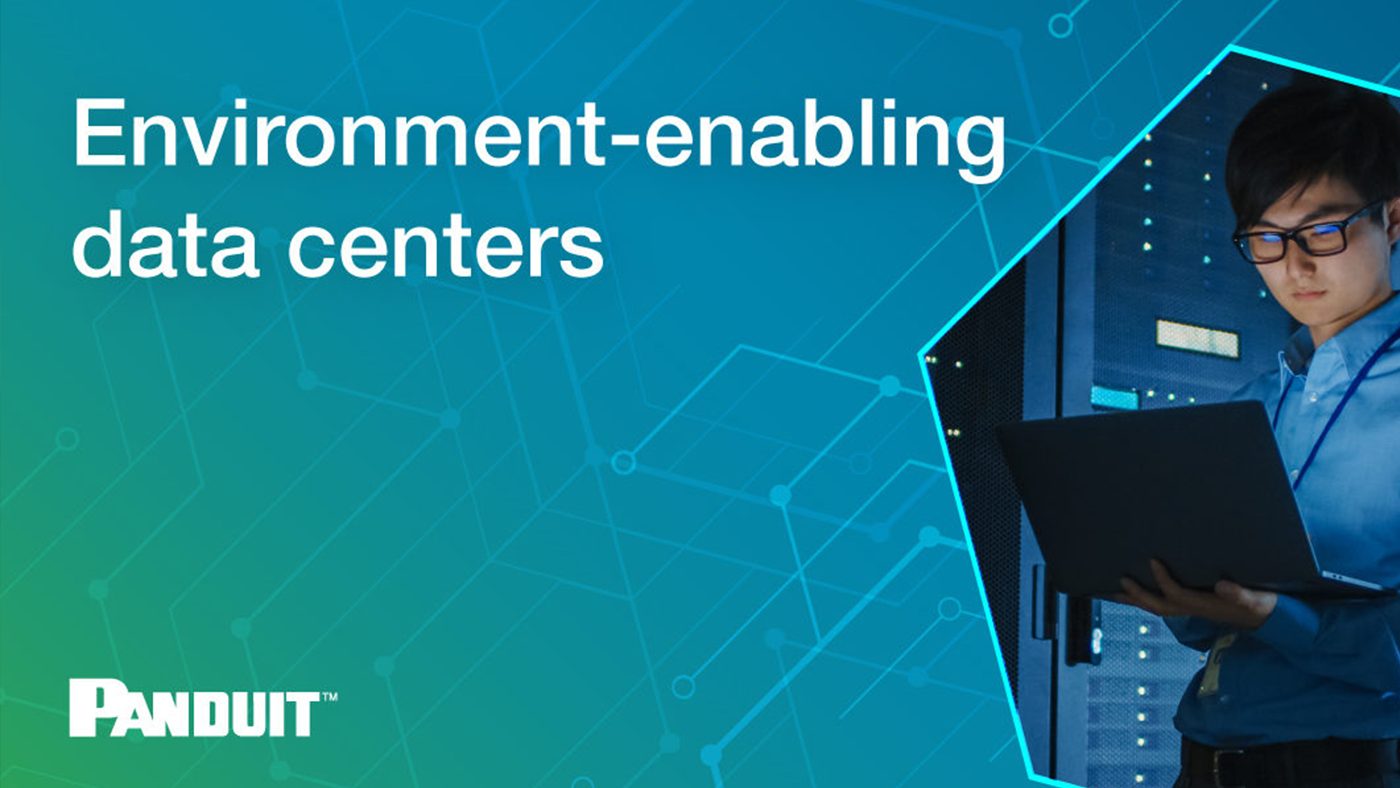
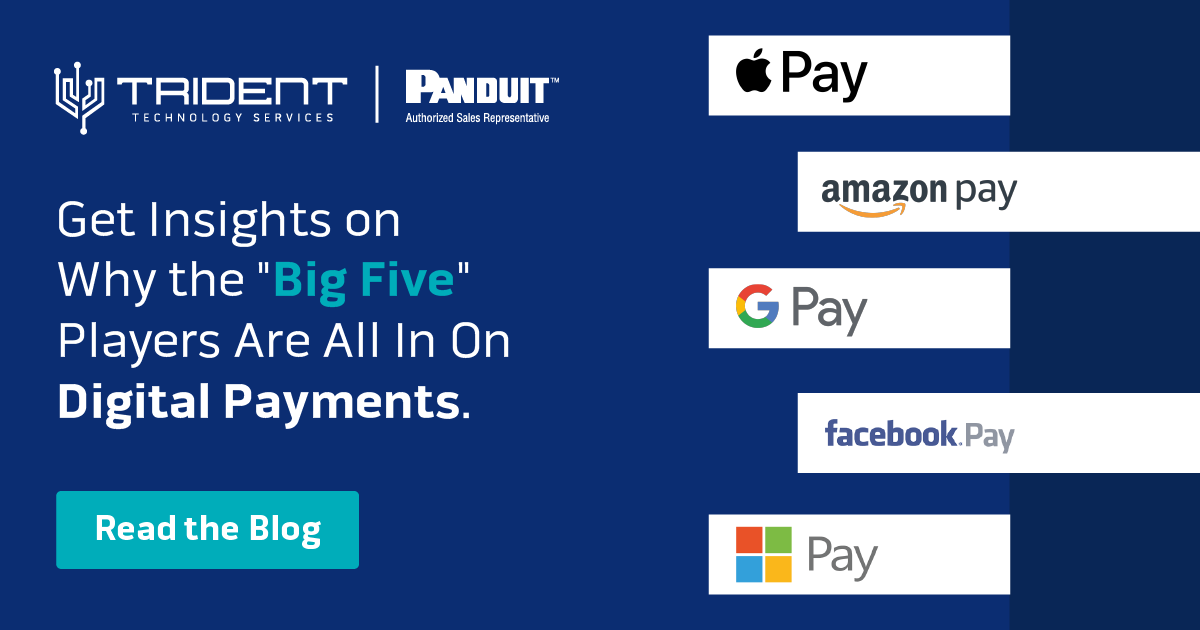












 Back
Back